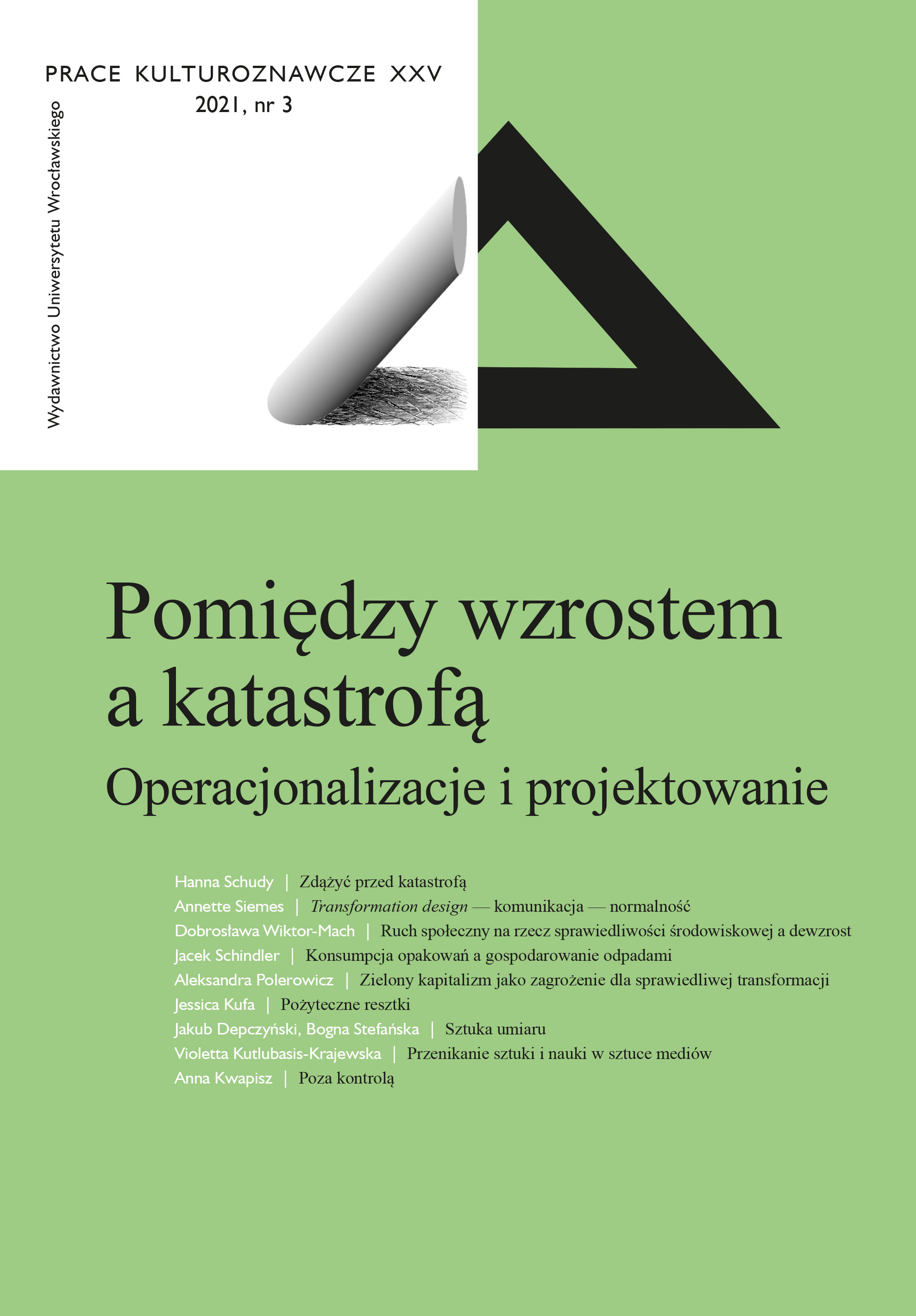

Articles

The anthropocentric association of city space with social and cultural practices only prompts us to consider whether we are accidentally overlooking another extremely important dimension of urban life, namely the “natural.” The basic problem of the Anthropocene era turns out to be the fact that in the city, all other manifestations of life are treated as “givers” of various economic services and considered in terms of the benefits their acquisition, multiplication, and exploitation can bring to the homo sapiens species. Therefore, in degrowth, it is necessary to change our ideas about “nature” in urban space. The article is devoted to what remains rejected and ignored in the urban tissue, and at the same time seems to be the key to redefining human–non-human relations. It is subnature — defined by David Gissen as all forms of life “considered primitive (such as mud or moisture), uncontrolled (weeds, insects) or even terrifying (gas or debris).” Although these usually unexpected, deformed, or even disgusting elements are met with reluctance, perhaps it is worth paying attention to some architectural projects that confront and negotiate rapprochement with subnature. This gives room for reflection on how a more radical concept of nature in the city can help us imagine not only a modified urban environment, but also, in a broader perspective, a post-growth and human–non-human one.